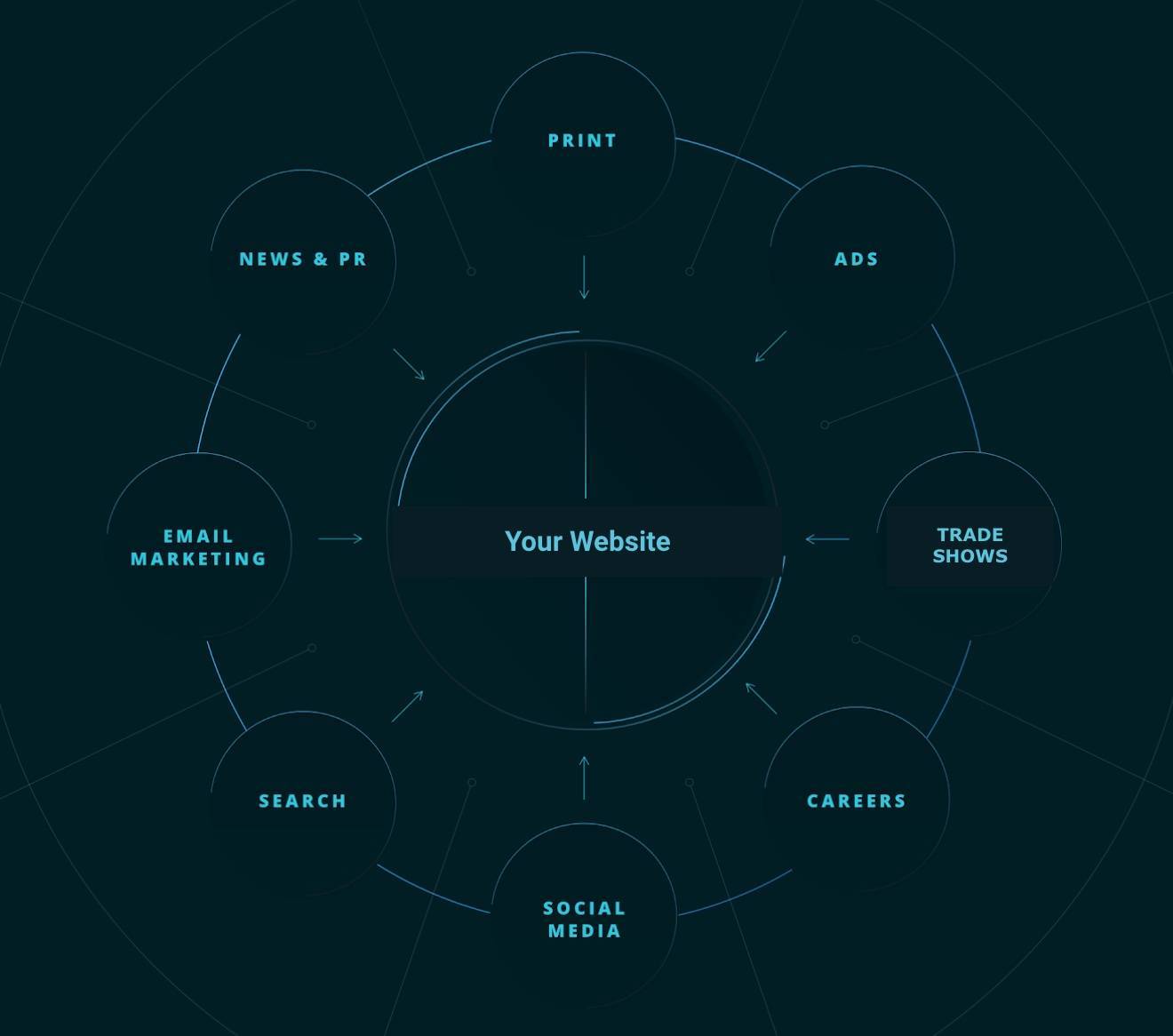

What Makes a Great B2B Website?
Making that great first impression is critical for business success, whether in person or through your B2B website. It used to be you or someone from your sales team who would start a B2B relationship at a trade show, networking group, or cold-calling.
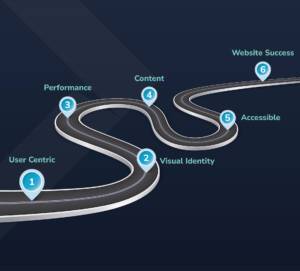
A great website requires visual identity, development, content, and more all working together to deliver an irresistible user experience.
Today, your B2B website introduces your company to potential clients.
It's your digital front door and your 24/7 sales rep. All your marketing revolves around your website.
But what makes a great B2B website have that lasting impression? It’s more than a digital clean-cut look and pleasant smile.
Here’s what goes into a website that delivers what users have come to expect in digital experiences.
First: Build a Data-Driven Foundation
Among other things, a B2B website must be responsive, friendly, credible, and informative. That's why, before you begin coding, content creation, or design for the website, you should first complete the crucial preliminary step of understanding your market, audiences, goals, and value proposition.
This research will frame the messaging, the content required for the website, and the features and functions that must be incorporated to support your visitors. It's not unlike identifying all the essentials needed for an outdoor adventure, ensuring you have all the essential items and learning the lay of the land so no one gets lost.
Gathering this market knowledge helps set the direction for building a great website that focuses on capturing and engaging the B2B audiences you are targeting. Your findings will lay the foundation for a great B2B website experience.
Design for Users: Experience Matters
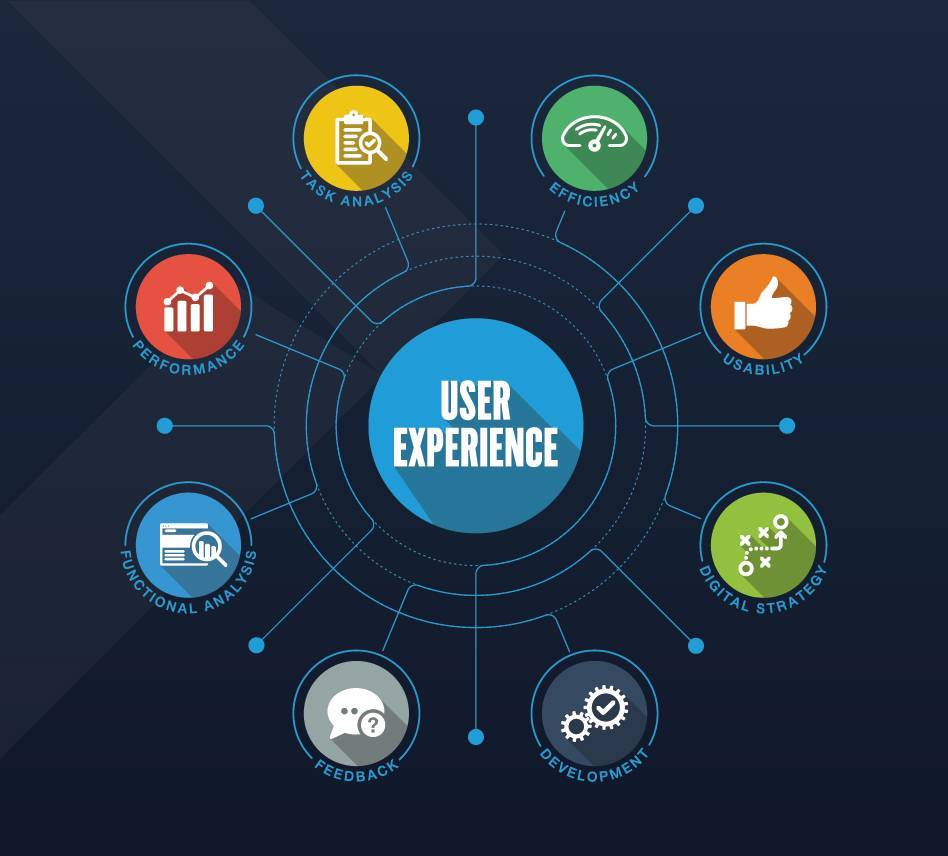 User-centric design takes center stage in creating any great website for a B2B brand. User experience (UX) strategy goes beyond aesthetics, emphasizing user needs throughout the design and development process.
User-centric design takes center stage in creating any great website for a B2B brand. User experience (UX) strategy goes beyond aesthetics, emphasizing user needs throughout the design and development process.
Focusing on UX ensures your website is intuitive, functional, and enjoyable, increasing engagement, user satisfaction, and increased conversions.
A clear and intuitive website design is essential to creating a great user experience. Visitors should be able to navigate effortlessly, find information easily, and complete desired actions without frustration.
Additionally, a responsive website that adapts to various screen sizes, browsers, and devices contributes to higher user satisfaction and search engine ranking. That's why you should strongly consider developing your B2B site as a Progressive Web App (PWA) that offers faster speeds and higher performance on any device with a web browser.
Crafting a Visual Identity
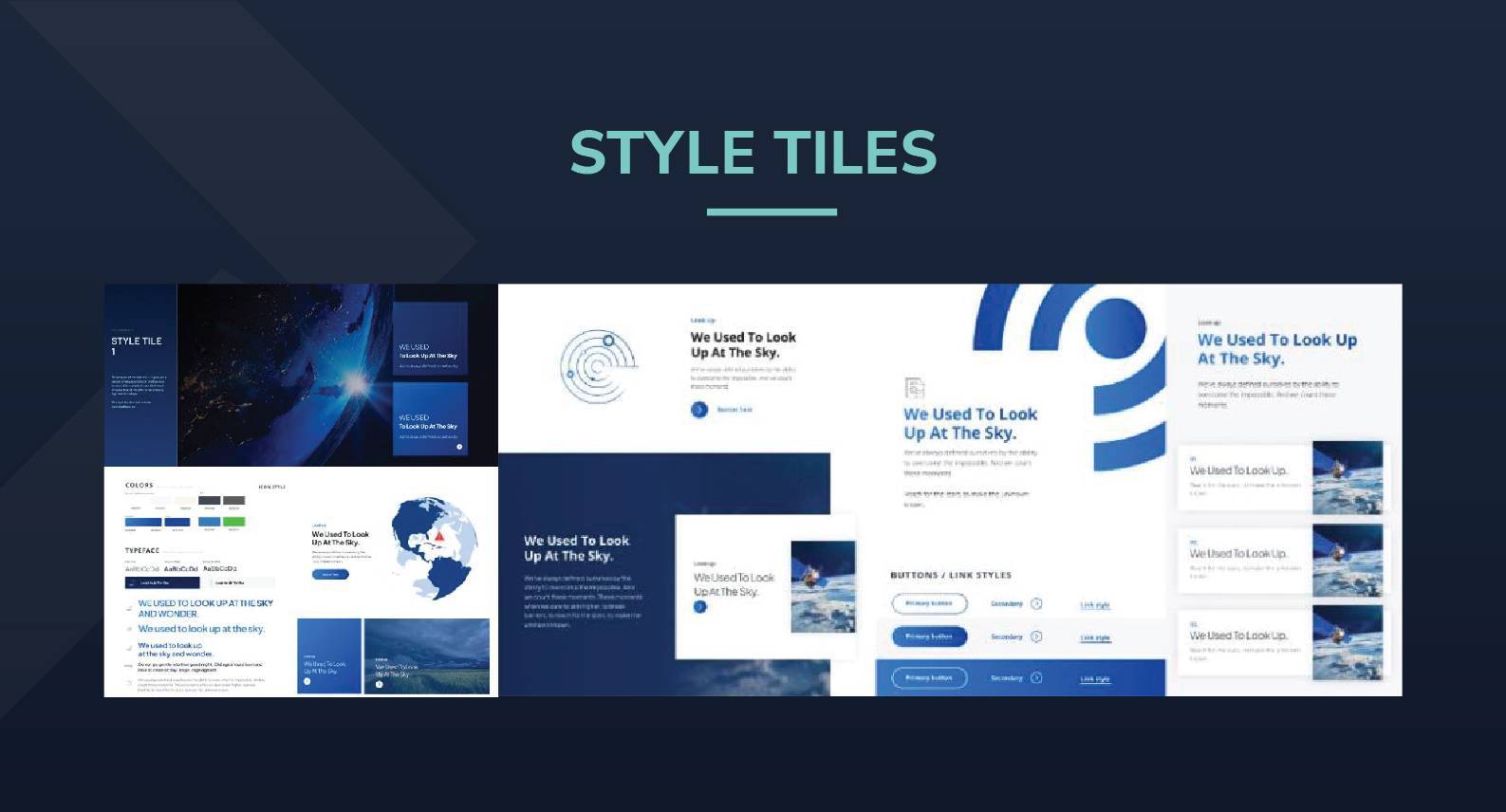
Style tiles detail the color, type, visuals, and components for a website.
The visual identity of your B2B website, captured and established in design guidelines that include colors, typography, visuals, and page styling components, enhances your messaging in a unified brand voice. Consistent branding and a well-thought-out color scheme create a cohesive and recognizable experience across your website and other marketing materials.
High-quality images and graphics contribute to the overall aesthetics, conveying professionalism and building trust. Thoughtful use of graphic elements, such as infographics and icons, enhances user understanding and interaction.
Typography and color choices play a significant role in readability and brand consistency. Importantly, adequate contrast for text and background colors is also essential for meeting website accessibility requirements.
High-Performance: The Engine Behind Beauty
Development breathes life into captivating designs and provides the functionality that delivers an optimal user experience. It is the orchestral score of a classical symphony performance.
Nobody likes waiting in line for a thrill ride, customer service or a double-espresso mocha latte.
In the digital landscape, speed matters. Page load times significantly impact user experience and search engine rankings. Optimizing page load times through techniques like image compression, browser caching, and efficient code improves the overall user experience.
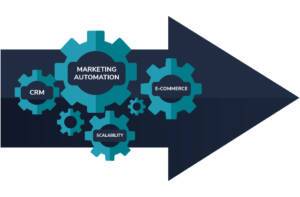
Incorporating CRM or E-commerce and marketing automation into a scalable website ensures ongoing success.
Minification and compression of web assets contribute to faster load times. Building a website to best practices ensures a well-structured, secure, and compliant digital presence.
Check your website’s performance score using Lighthouse, Google’s free evaluation tool. It takes only a few minutes. The results offer scores and details about factors affecting page loading time. If you’re curious, you can test your competitors’ websites. Download our free form for logging all the performance information.
Incorporating Tools
Integrating customer relationship management (CRM) and marketing automation functions ensures that your website actively supports lead generation and customer relationship management.
Effective e-commerce integration, if applicable, should be intuitive and secure, streamlining the buying process for clients. Furthermore, the website architecture should be scalable to accommodate growth, avoiding performance bottlenecks and ensuring a smooth user experience.
As you add complexity to your website with these third-party tools, you run the risk of compromising performance. Experienced developers can mitigate all or most of the impact of these add-ons.
Personalization and User Experience
Users want to be recognized. Next-level website development tailors the user experience to individual preferences, optimizing for voice search, and offering tailored or dynamic content have become gold standards for great B2B websites. Compliance with accessibility laws and privacy policies is paramount, ensuring inclusivity and transparency.
Content is the Key Ingredient for Success
Compelling storytelling, persuasive language, and multimedia elements engage your audience, fostering connections and driving meaningful conversions. Emphasizing your unique value proposition throughout the website immediately conveys what sets your B2B company apart from competitors.
Product and service descriptions should go beyond features. Addresses customer pain points, and showcase how your products or services deliver solutions and benefits. Following the BLUF (Bottom Line Up Front) principle ensures that the most important information is delivered first.
Trust-Building Elements
Trust is a vital element that transforms casual visitors into loyal B2B clients. Social proof, through testimonials, third-party certifications, and endorsements, strengthens brand credibility and assures potential clients of your reliability and expertise.
Ongoing Maintenance: The Journey of Sustaining Excellence
Continuous improvement is key for a high-performing B2B website. Integration with analytics services offers information for making data-driven decisions.
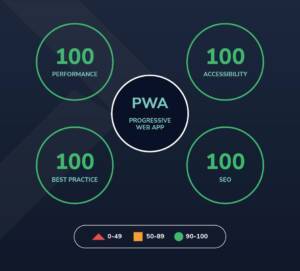
Google’s Lighthouse testing tool provides insight into website performance.
Creating a stellar B2B website is not a one-time effort but an ongoing commitment to excellence.
You can’t just set it and forget it.
Businesses with high-performing websites monitor key performance indicators (KPIs) to understand and adjust their strategies for sustained success.
By regularly analyzing metrics such as Google search console, keyword performance, referral traffic, impressions, organic traffic, conversion rate, bounce rate, and average session duration, businesses can comprehensively understand their website's performance and make strategic adjustments to enhance user experience, increase conversions, and achieve sustained online success.
Set calendar reminders to run the Lighthouse tool every six months.
Getting Started with First Steps
Maintaining a great B2B website requires adapting to audience preferences and industry standards, making it a worthwhile investment for long-term success. It encompasses user experience, design, development, content, compliance, and ongoing performance optimization.
That’s a lot to take in.
And when you combine that with balancing the needs of your internal stakeholders, the project seems like a monumental challenge.
A digital agency like DBS Interactive designs great B2B websites that make a great first impression–and second, and third, and so on. Beyond precise design, our maintenance service evaluate your website monthly so we can perform updates to maintain high performance.




